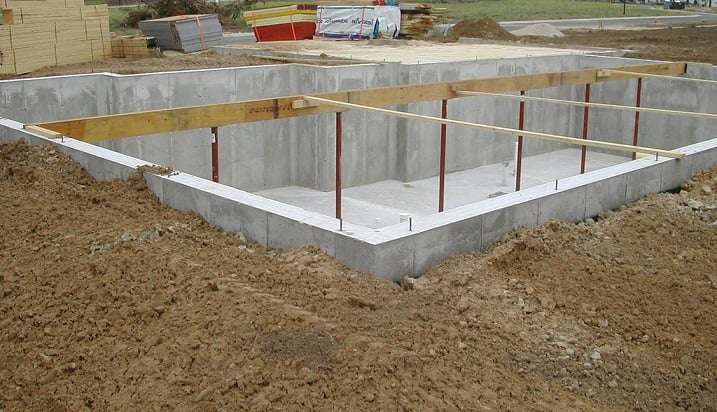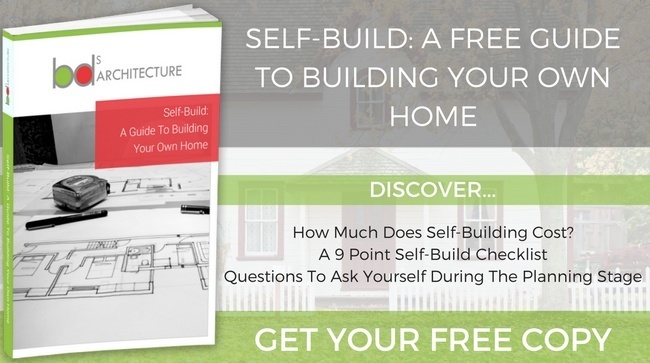
The foundation of an extension is equally as important as that of the main house. It needs to be built to last and support the new additional structure. Here are four types of foundations suitable for anchoring an extension.
Pile
A pile foundation is constructed when the dwelling structure is large and heavy, and the underlying soil is inconsistent or too weak to bear the load. Piles are long concrete columns extending downwards into the ground from the surface. These foundations consists of several piles linked near the surface by a solid ring known as the ground beam.
Pile foundations are mainly constructed in one of two ways. Precast piles are driven into the soil using various percussion drivers. Alternatively, pipe holes are drilled into the soil and concrete is poured in and reinforced with steel rods. In both cases, the ground beam is laid once the piles are set. A hardcore base of at least 150mm forms a smooth, robust platform on which to lay the subfloor.
The advantage of using piles is their flexibility in terms of build, materials and application. Piles can be precast to specification, built out of wood, metal or composites and their size and shape can be adjusted to fit different layouts. The cost largely depends on the number and length of piles. For a typical domestic foundation, the price is around £200 per m² of the floor area.
Raft
A raft (also called a mat) is a thick concrete slab reinforced with steel, spread over most or the entire area of the building to support columns and walls transferring the load to the ground. The principle is to spread the weight of the structure over a large area. These foundations are very common for both commercial and domestic structures since they are inexpensive and relatively easy to install. They are ideal when the top soil’s capacity is questionable, and where the ratio of the individual footing to the floor space is very high.
The cost of a raft foundation is determined by the slab’s thickness, area, and surface preparation costs. For a house extension, the slab itself should cost between £60 and £100 per m².
Trench Fill
A trench fill is a shallow foundation where excavated trenches are filled with concrete onto which columns and walls can be built. Trenches need to be at least 150mm deep. The soil properties and the weight of the structure determine the depth. The best soils are clay and chalk, but they must be on stable ground. Many builders prefer trench fill due to its reduced width and minimal excavation work.
The overall price includes the excavating costs and the concrete - depending on the volume determined by the trench dimensions. The price of concrete in the UK ranges between £65 and £85 per cubic metre. To calculate the total cost of a trench fill foundation, factor in the additional costs as well as the total volume of concrete required.
Strip
A strip foundation is very similar to a trench fill foundation except there is a wide-based concrete or block strip in the trench instead of solid concrete. The soil must be of good capacity and linear walls are built along the strip. The dimensions of the strip are proportional to the width of the wall; the depth should at least be equal to the wall’s thickness. Strips are cheap and easy to construct. Like trench fills, they reduce brick laying below ground and don’t require specialised equipment.
The cost of a strip foundation is lower than that of a trench fill because it doesn’t require as much concrete. The sum includes excavation costs, the amount of concrete required and the number of blocks needed. Of course, this all depends on the thickness of the wall and the depth of the trenches.







